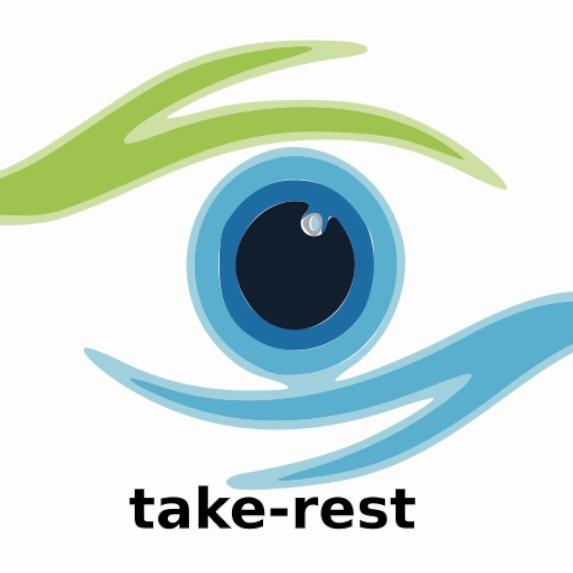take-rest
Eye monitoring system for people with high screen time
Created on 1st April 2023
•
take-rest
Eye monitoring system for people with high screen time
The problem take-rest solves
With dependency on computers increasing exponentially day by day, the cases related to eye strain, headaches, disrupted sleep patterns etc are also increasing exponentially.
Take-rest is a tool designed to address the problem of Computer Vision Syndrome (CVS), a condition caused by prolonged use of digital screens such as computers, smartphones, and tablets. CVS can cause a range of symptoms, including eye strain, dry eyes, headaches, blurred vision, and neck and shoulder pain. These symptoms can significantly impact a person's productivity and quality of life.
One of the primary causes of CVS is reduced blinking frequency. When we focus on digital screens, we tend to blink less frequently, leading to dry and irritated eyes. Take-rest solves this problem by monitoring the user's blinking rate and alerting them when they need to take a break from the screen.
Take-rest works by using computer vision technology to track the user's blinking rate. The tool compares the user's blinking rate with the values recommended by eye care professionals. If the user's blinking rate falls below the recommended level, Take-rest will prompt them to take a break from the screen and rest their eyes.
Take-rest is an effective solution for people who spend extended periods in front of digital screens. By encouraging regular breaks, the tool can help prevent CVS symptoms and improve productivity.
Challenges I ran into
The display protocol in PyQt5 & Open-CV is same and it caused the program to crash. The solution was to configure one of them with a similar but different protocol but it wasn't easy. So we removed the OpenCV window as it was no longer needed after testing phase.
